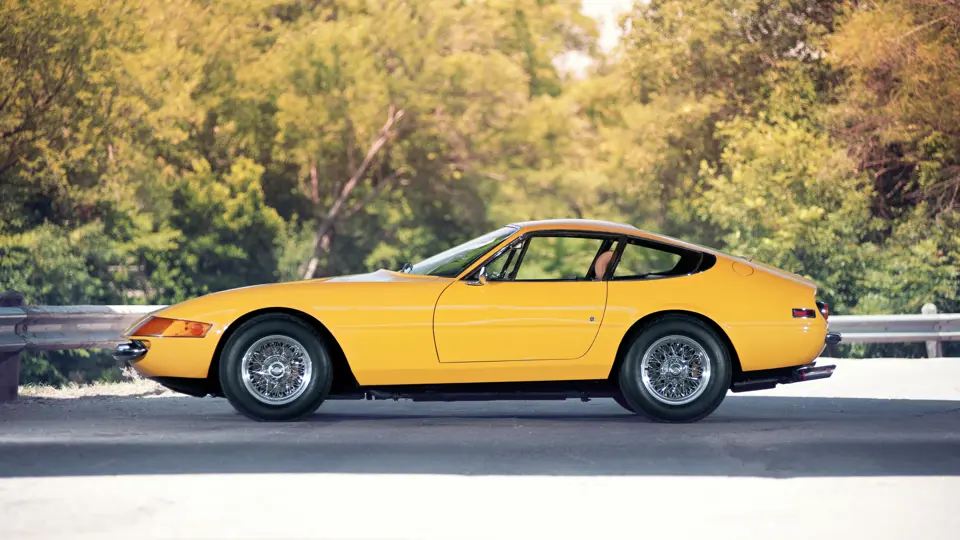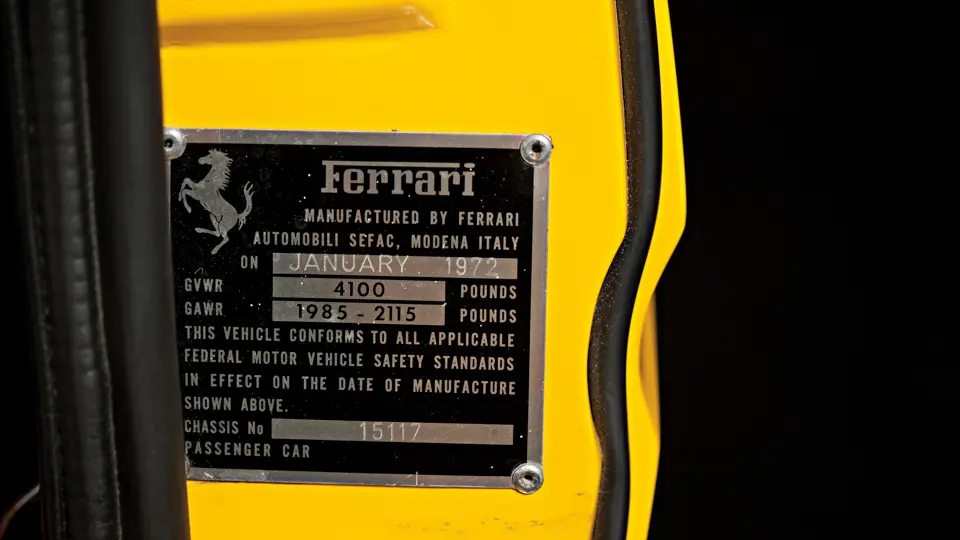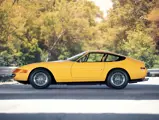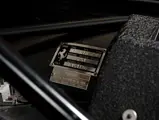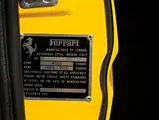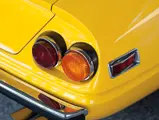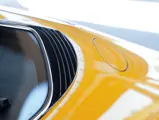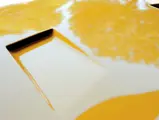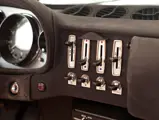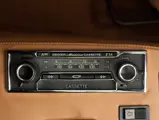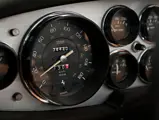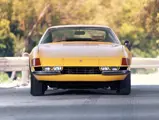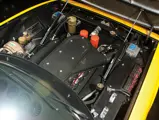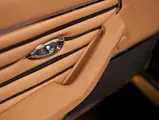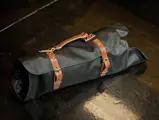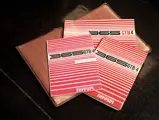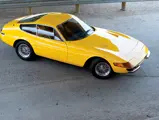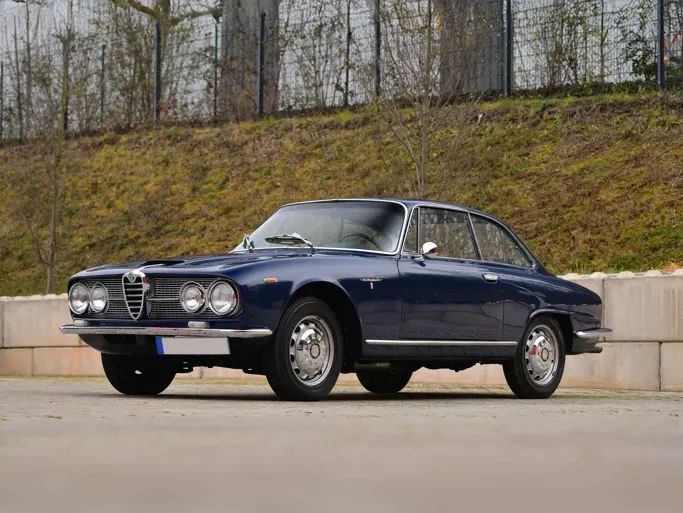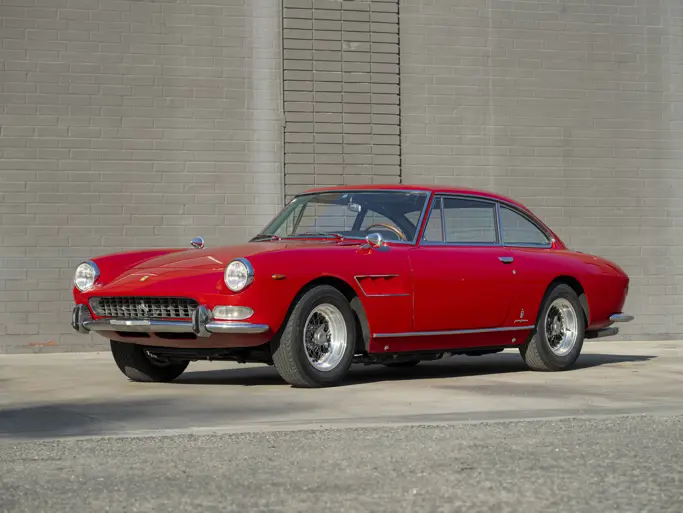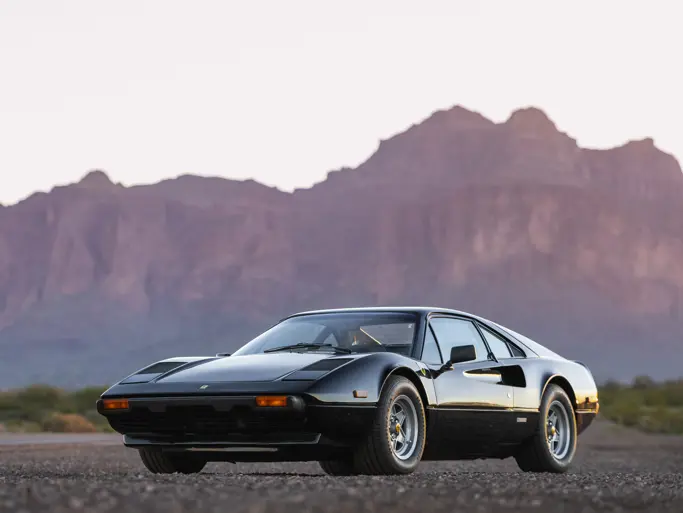352 hp, 4,390 cc DOHC V-12 engine, six Weber 40 DCN 17 carburetors, five-speed manual transaxle, independent front and rear suspension by coil springs and wishbones, and four-wheel hydraulic disc brakes. Wheelbase 94.5"
• Fully-documented history and photographic record of restoration
• Engine-out major service; rebuilt transaxle, brakes, and suspension
• New Fly Yellow paint, tan leather interior, air-conditioner, and power windows
• One of 1,273 Daytona berlinettas built by Scaglietti from 1968–1973
The Ferrari 365 GTB/4 acquired its unofficial Daytona name after the model swept the top three places of the 1967 race of the same name. Ferrari was reportedly quite put out when the Daytona name leaked out during testing, and it was never officially applied to the model. In any case, the Daytona proved its namesake point 12 years later when a 1973 model finished Second at Daytona in 1979, driven by John Morton and Tony Adamowitz, capping an extraordinary competition career.
Introduced at the 1968 Paris Salon, the Daytona had a tube steel frame, and the body featured a horizontal bodyside crease below the level of the wheel wells. Early models had full-width plastic headlight covers, but U.S. regulations rejected covered lights, and the solution was the elegant pop-up lights, which were fitted to all the cars from 1970 onwards. The Kamm tail contained two taillights on each side, and aluminum was used for the doors, hood, and trunklid. The Cromodora five-spoke wheels were standard and similar to wheels used on Formula One cars at the time.
The price of the 365 GTB/4 rose from $19,500 to $23,940 through the model’s five-year production run, while one of the 121 spyders would set you back about $2,000 more. But the Daytona’s mechanical specifications delivered on its claim to be the fastest production sports car in the world, with a top speed of 174 mph. The four-cam Colombo V-12 engine displaced 4.3-liters and generated 352 horsepower.
One of the first endorsements came from Le Mans winner for Ferrari and lifetime auto journalist Paul Frere. He reported 176 mph in Autostrada traffic in 1969 and observed that the radio was useless above 120 mph. Still, as he said, “If you go faster, it’s the engine that makes the music, the finest music of all to the ears of the enthusiast, and the music he can enjoy in a well-sprung car, fitted with such amenities as electric window lifters, air conditioning… and a really capacious luggage locker—a Grand Touring car par excellence.”
Competition Daytonas won the Tour de France in 1972, their class at Le Mans in 1973 and 1974, and their class at Daytona in 1973 and 1975. The 1973 Le Mans class-winning Charles Pozzi entry, driven by Vic Elford and Claude Ballot-Lena, was driven back to Paris following the race—proving the Daytona’s remarkable reliability.
The car on offer today was built on April 26, 1972, in Rosso Corsa with cinnamon leather. It was sold through Luigi Chinetti Motors, in Greenwich, Connecticut, to Dr. Harry Jones, to be delivered in Modena on May 31, 1972. Dr. Jones was a wealthy doctor from Ft. Lauderdale, Florida. He raced a non-factory built Competition Daytona at the 24 Hours of Le Mans in 1974, finishing Sixteenth Overall and Ninth in GTS, with Marcel Mignot. Dr. Jones returned in 1975 and finished Thirteenth Overall and Seventh in GTS, with Mignot and Philippe Guardjian. He also finished Ninth Overall at the Sebring 12 Hours in 1975 with Mignot.
On April 22nd 1985, Dr. Carl Peterson, also of Ft. Lauderdale, purchased chassis 15117 with an indicated 29,900 miles. Later that year, this car was offered for sale in the Ferrari Market Letter 1010 by William Locke, of West Palm Beach, Florida. It was said to be in excellent cosmetic and mechanical condition, showing 30,000 miles. By June 30, 1999, the car was owned by Diego Ribadeneira and was showing only an additional 3,000 miles.
Next, 15117 appeared in October 1999’s Ferrari Market Letter at the Motorcar Gallery in Ft. Lauderdale. By October 2001, Mr. Ribadeniera had 15117 refinished in Fly Yellow and upholstered in tan leather with black inserts. More recently, the Daytona was advertised in the Ferrari Market Letter as having received a thorough inspection, new interior, tires and chrome, and it was color-sanded and detailed in and out. As of approximately two years ago, the car has received a new interior, dash, power windows, air-conditioning, an engine-out service, valve adjustment, cam timing, and six carburetor rebuilds. The suspension has been rebuilt, as has the transaxle, and chassis 15117 is described as fully restored with less than 35,000 miles. Its recent restoration was photographed in detail, and it retains all the appropriate books and tools.
The 365 GTB/4 Daytona was released as the fastest and, for many Ferrari enthusiasts, the most desirable car in the world. Four decades after its debut, the Daytona maintains its glorious status among the sports car elite and is a cultural icon in its own right. It is the ultimate expression of the front-engine V-12 Ferrari and illustrates Enzo’s dictum that “the horse does not push the cart, it pulls.”




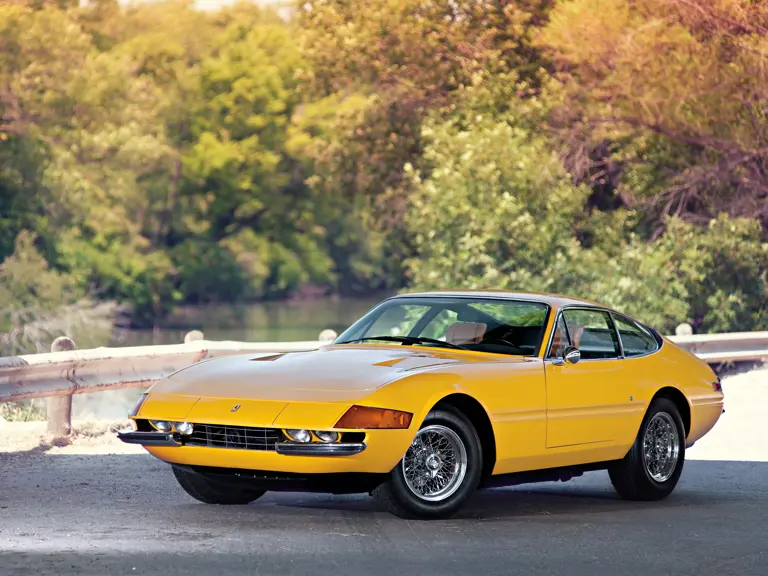


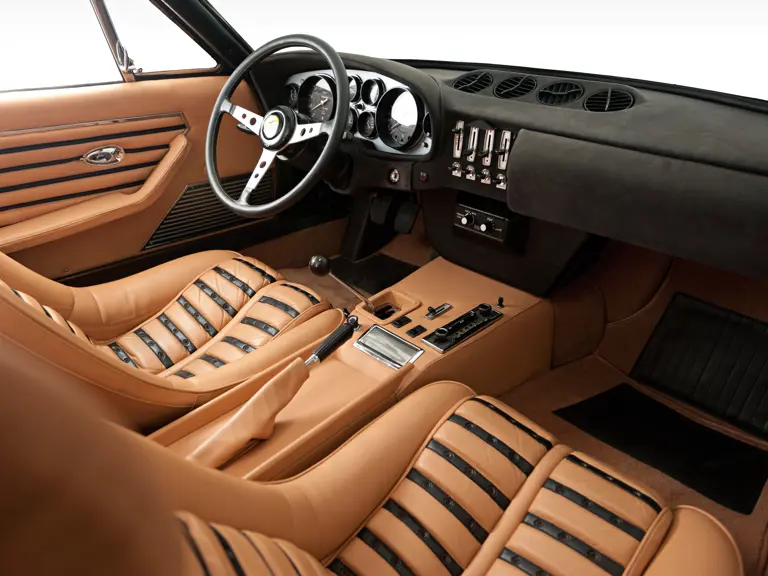
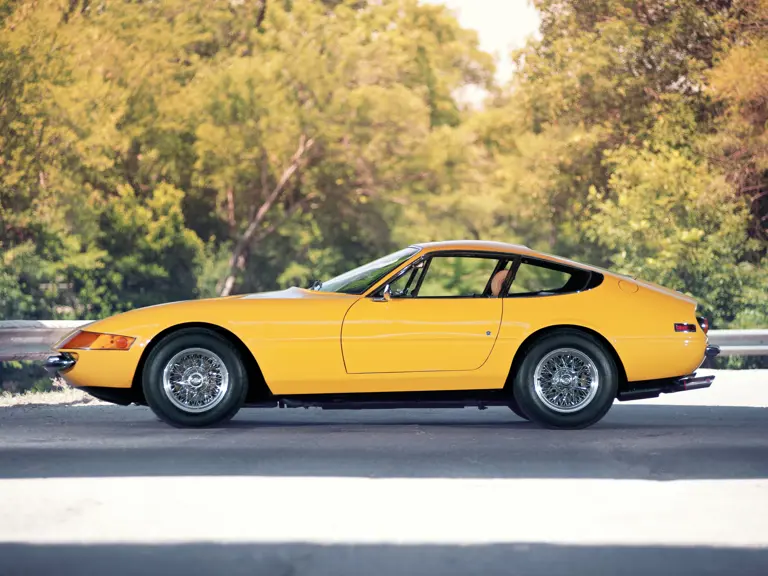
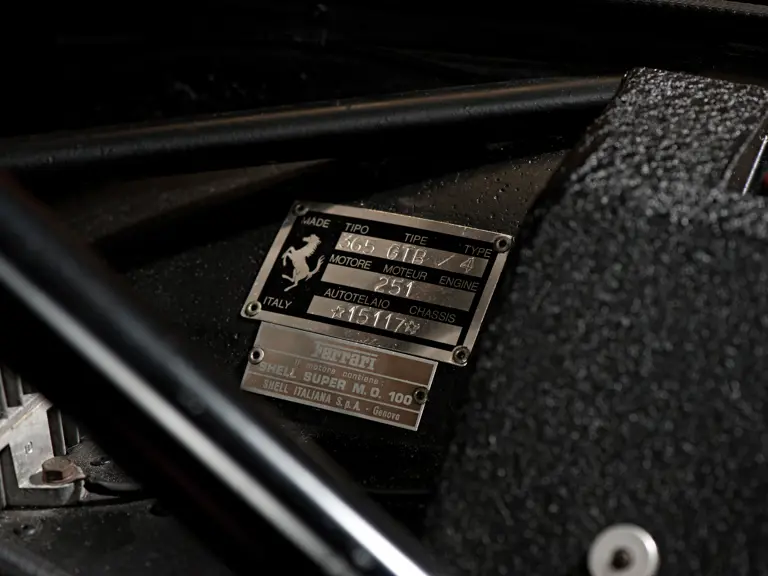


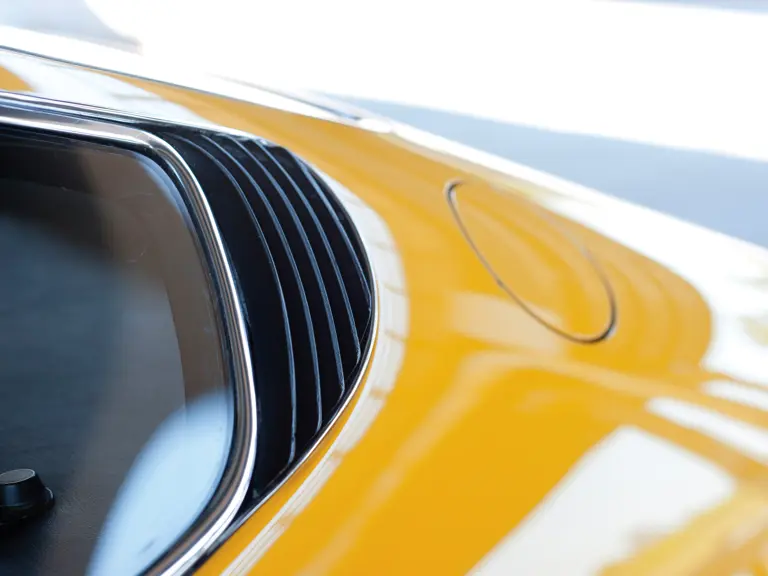
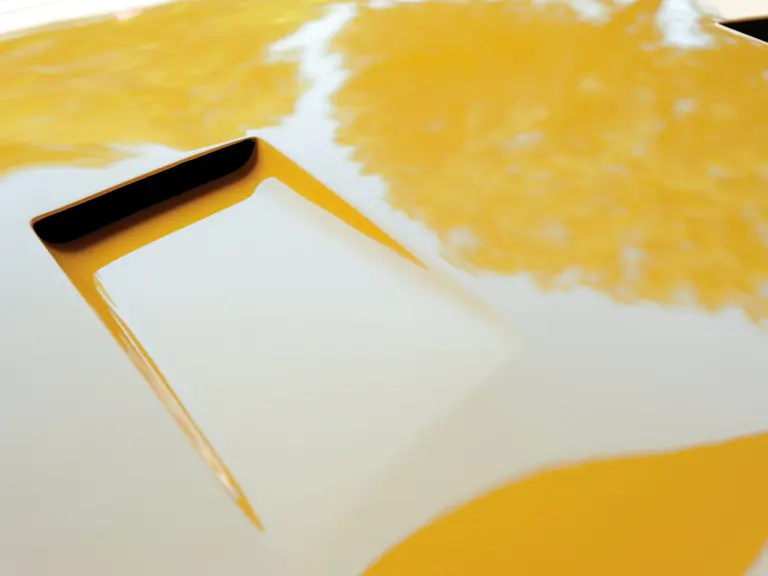
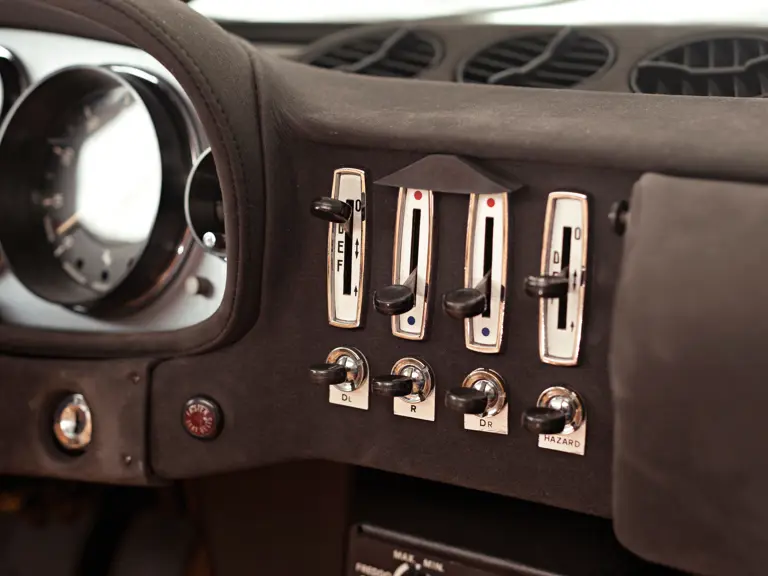
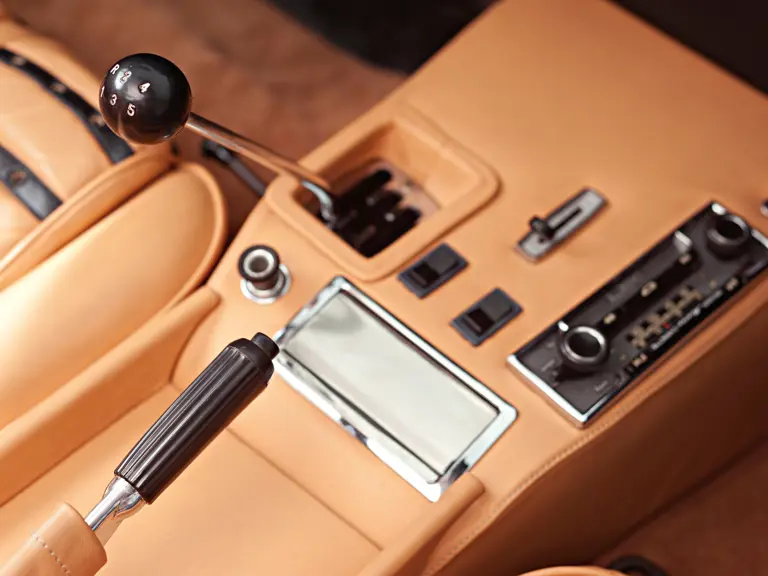
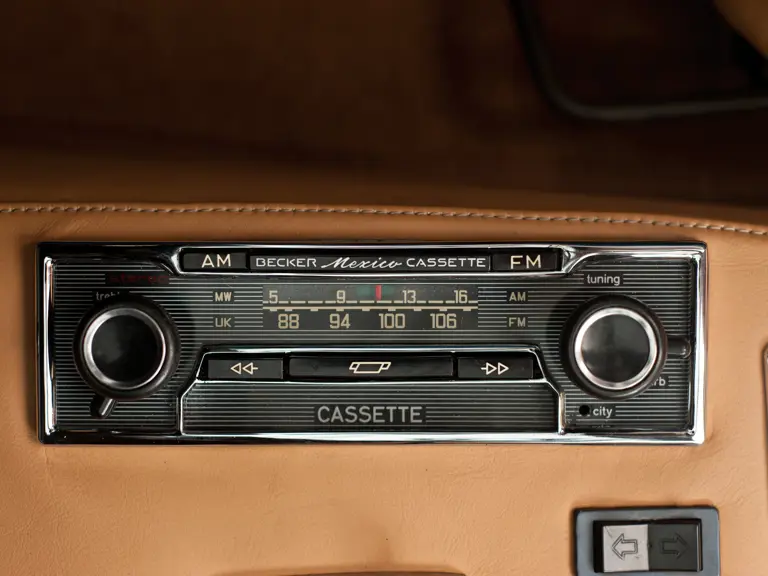
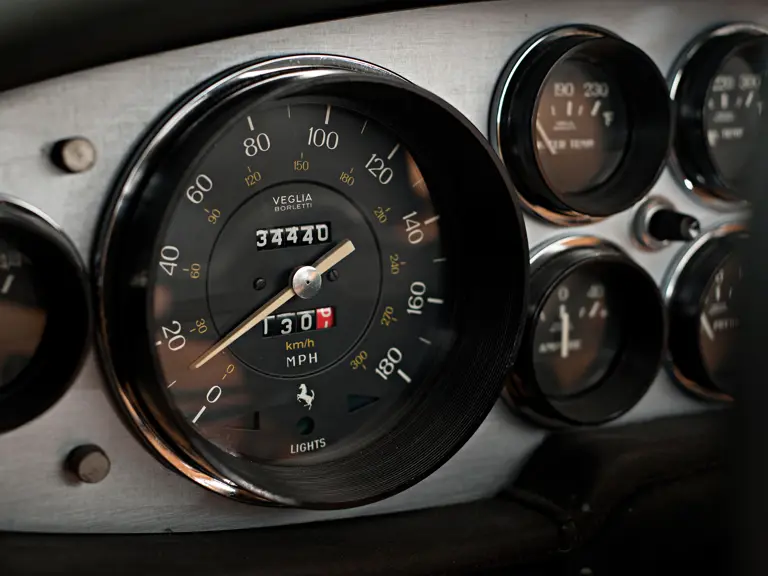
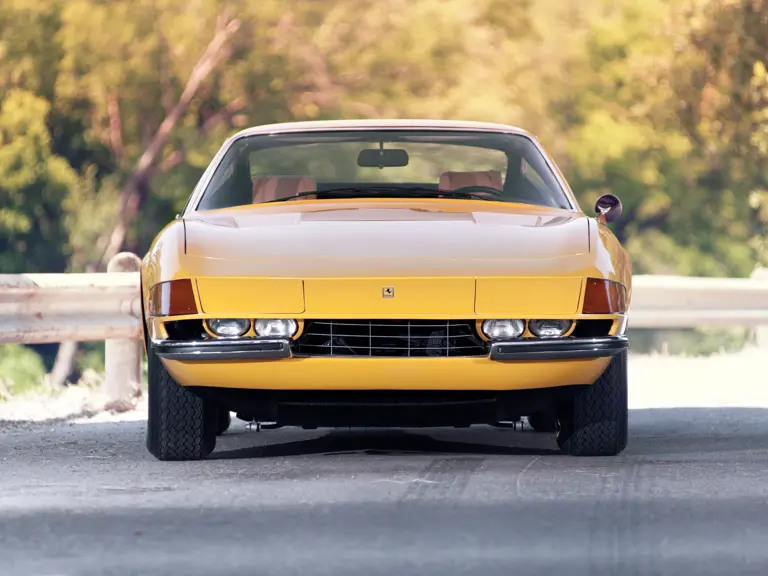
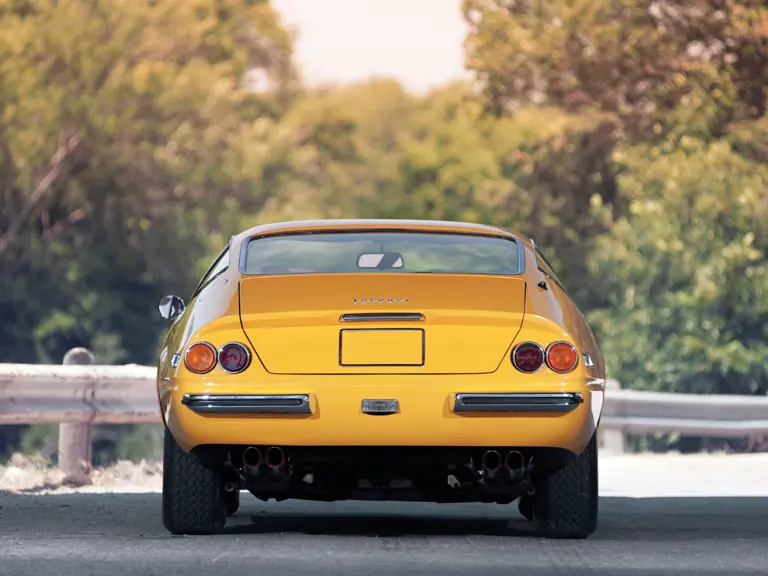
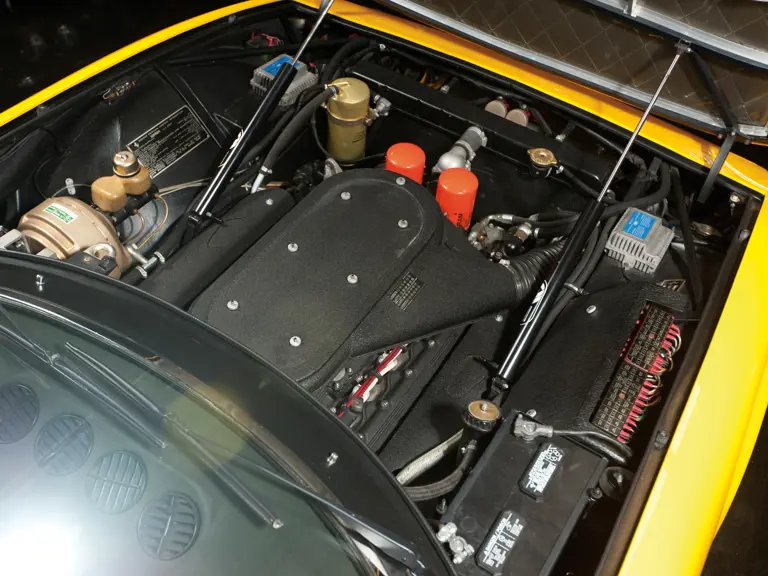
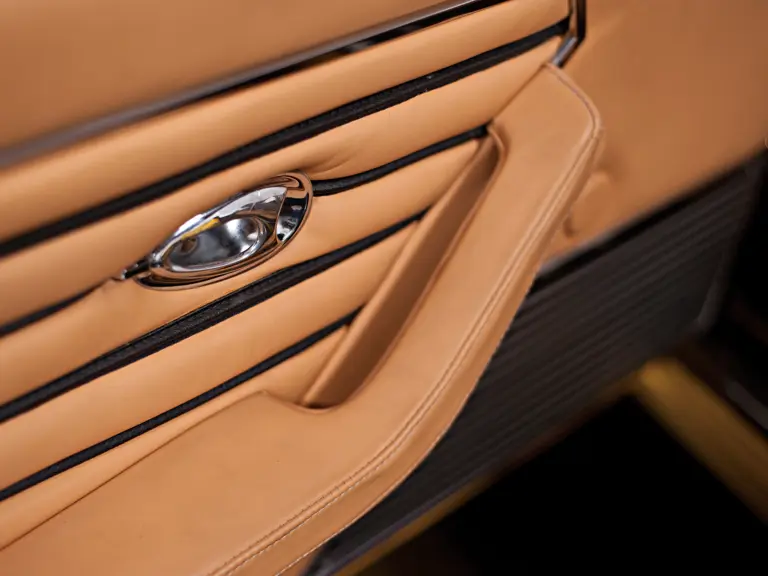
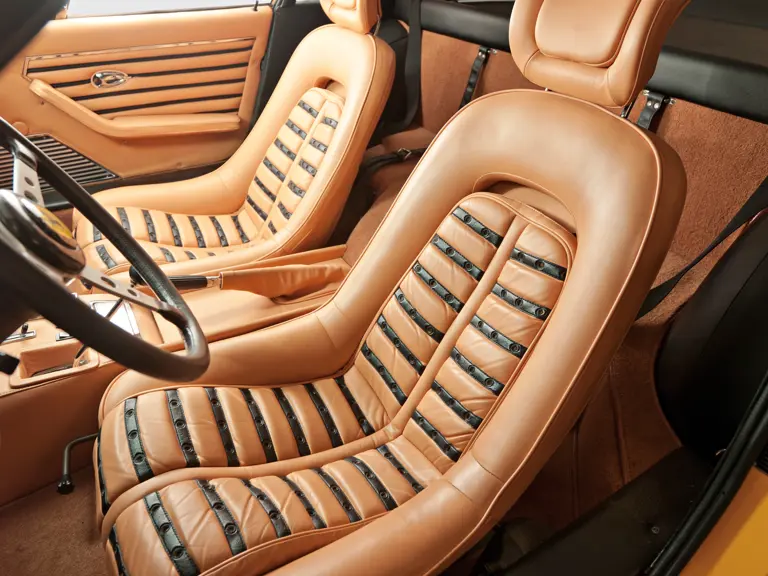
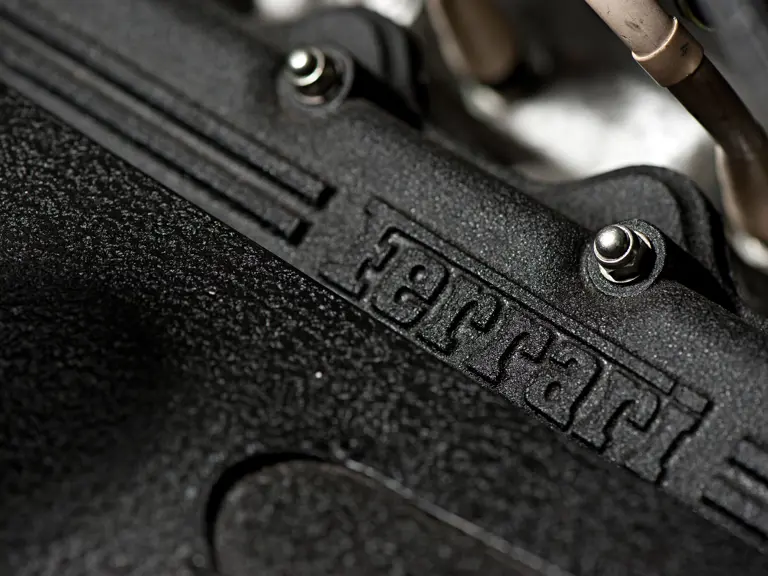
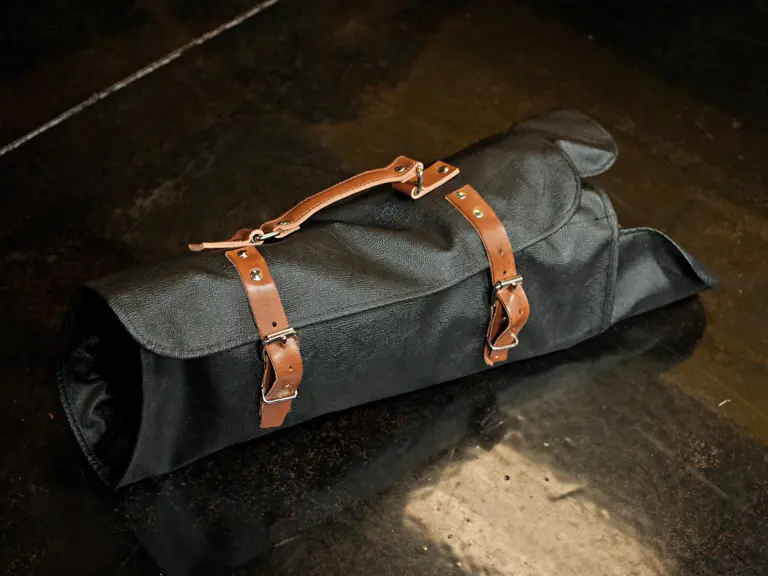
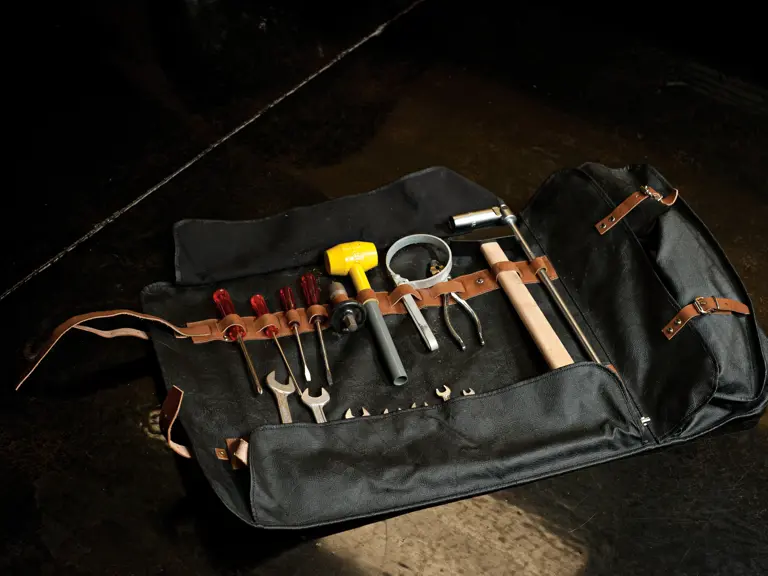
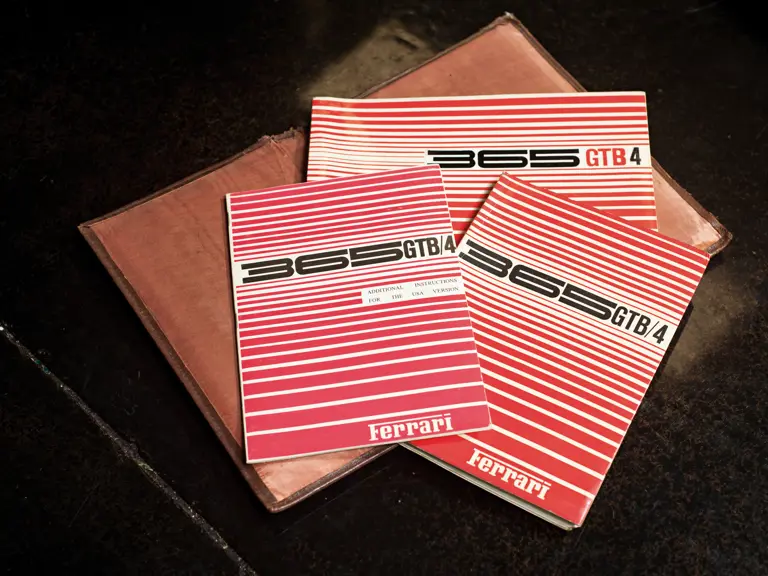

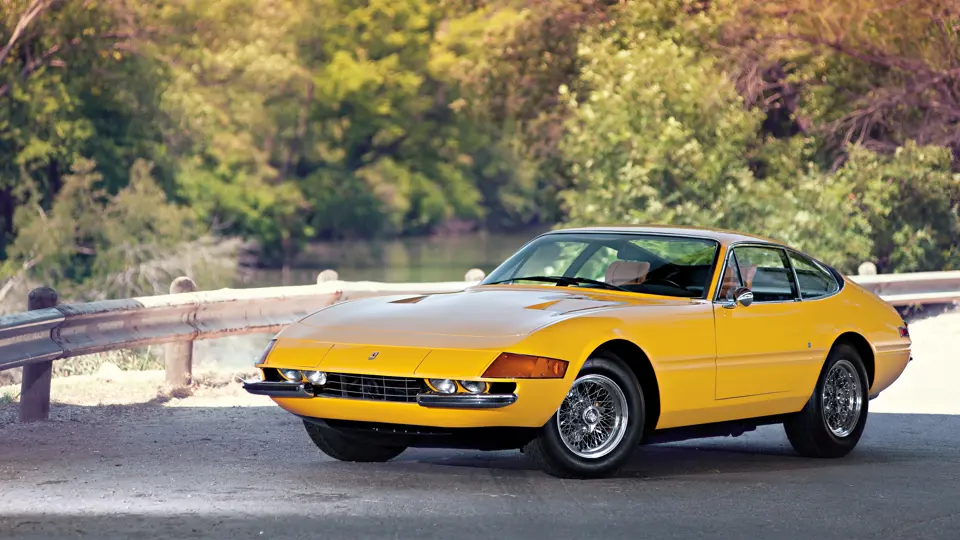
 | Monterey, California
| Monterey, California
